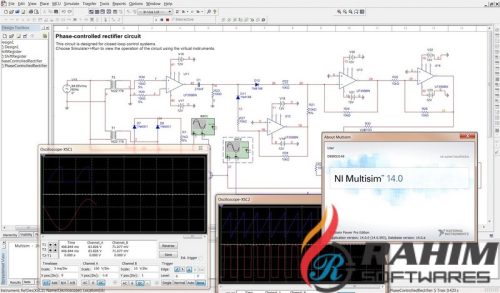

These components can be managed with streamlined library managers software like Altium, or the Arduino custom library if you have an understanding of open-source software and coding. Arduino boards ensure signal integrity and durability compared to a breadboard. Instead, these boards allow you to connect the components you need, as well as connect to other boards you have designed as part of your project. The great thing about using an Arduino nano PCB design or full-sized board layout is that you don’t need to have a massive level of PCB design knowledge. You’ll need to know how to use all of these components when you build your next device using an Arduino board. Arduino boards come with a built-in microcontroller, plenty of analog and digital I/O connections, and a sizeable amount of onboard memory. If you want to start working with Arduino boards as the backbone of your next PCB, you’ll need some amount of electronics knowledge beyond PCB design.

In the end, more advanced software can save money, time, frustration, and projects.

Equally important, powerful software will prevent errors and inefficiencies making it to the manufacturing phase, wasting time and money. Whether you are versed in this skill set or not, high-functioning Arduino PCB design software will greatly expedite the design process, from the Arduino Leonardo (aka Arduino nano) to a full-sized board. Your PCB design software should allow you to incorporate an Arduino board as a mechanically attached component on a board, or as its own board within a multi-board system.Īrduino IDE, Arduino Sketch, and the Arduino custom library tool require coding knowledge for the best functionality. If you want to use an Arduino board in your next device, you need Arduino PCB design software that includes all the information and specifications on Arduino boards as part of your component libraries.

Is it any wonder that Arduino boards have become a mainstay in embedded computing? You can easily program them using many languages. You can even incorporate Arduino boards into a product with definite packaging and other components as part of a multi-board system. If you’re a serious designer or you want to build a proof-of-concept for your new startup, these boards are a great option for building a functional prototype of your new board. If you’re a student or hobbyist that doesn’t have time to learn all the finer points of PCB design, you can still build your new idea on the back of a versatile platform that has a small form factor, plenty of analog and digital I/O connections, built-in memory, USB communication, and MHz clock speeds. Whether you’re a hobbyist, student, or serious designer, using an Arduino board as the backbone for your next PCB is a great way to break into new areas of electronics design. A heavily rules-driven PCB design platform for designing the best PCBs.


 0 kommentar(er)
0 kommentar(er)
